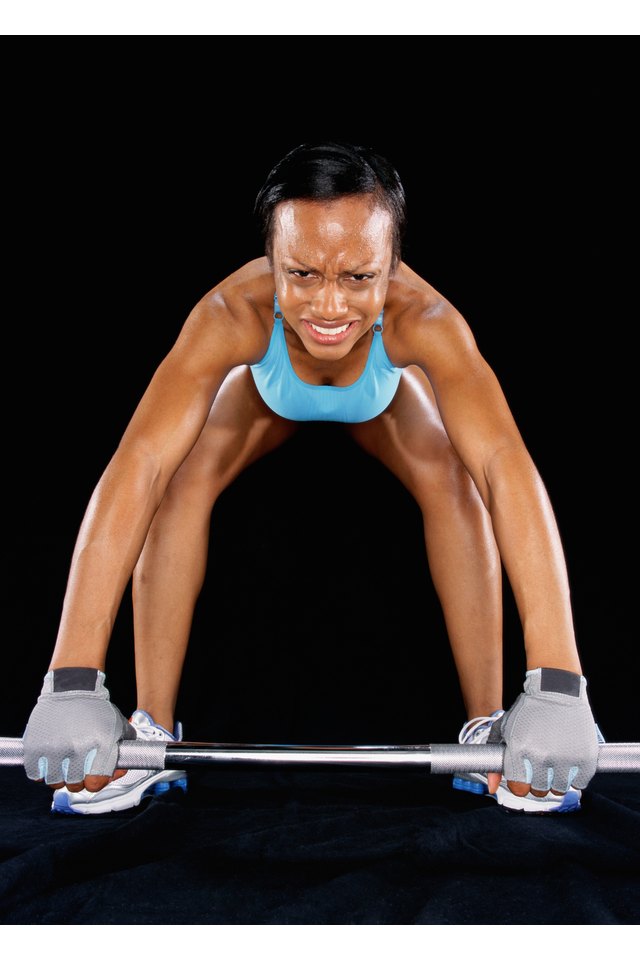What does fact checked mean?
At SportsRec, we strive to deliver objective content that is accurate and up-to-date. Our team periodically reviews articles in order to ensure content quality. The sources cited below consist of evidence from peer-reviewed journals, prominent medical organizations, academic associations, and government data.
The information contained on this site is for informational purposes only, and should not be used as a substitute for the advice of a professional health care provider. Please check with the appropriate physician regarding health questions and concerns. Although we strive to deliver accurate and up-to-date information, no guarantee to that effect is made.
Deadlift Strength Standards for Teens

The deadlift is a staple strength-building exercise that impacts muscle groups in the upper and lower body. As a basic two-phase lift, it requires only a weighted barbell to complete. While it’s impossible to say with certitude that a lifter should be able to deadlift a certain amount of weight by a specific age, there are basic guidelines for the deadlift that illustrate how much you should be able to lift based on gender, body weight and experience level.
Test of Strength
Most strength standards charts for weightlifting exercises don’t specifically account for age. Instead, they break down by levels of experience with the exercise versus the bodyweight of the practitioner in question. If the teen has little to no experience with the deadlift, that person would consult, in the case of the ExRx.net chart, the “untrained” or “novice” columns. For example, a 148 pound female should use between 80 and 150 pounds of weight as a guideline for the deadlift. Some may need to use less weight, while others may need to use more. It depends on each individual's strength level.
References
Writer Bio
Bobby R. Goldsmith is a writer and editor with over 12 years of experience in journalism, marketing and academics. His work has been published by the Santa Fe Writers Project, "DASH Literary Journal," the "Inland Valley Daily Bulletin" and WiseGEEK.
